THEY???RE having a laugh, those Bronze Age folk. They???re playing games with me. According to all the books I???ve read, they should have faded into pre-history about 3,000 years ago when their culture was overwhelmed by new people, ideas and products. But they still haunt the high places. They???re up here on the moors, as real as the rocks and the wind in the heather.
I mentioned in my last post that I could feel their presence in the shadows of The Stang forest and hear them sniffing and coughing. Well I???ve just heard one snigger behind a clump of spiky bog grass. And here???s me standing in the wind with my thermal jacket turned inside out and no boots. Why? It???s a long story. Bear with me.

 RETURN TO BARNINGHAM MOOR: I???m off again in search of ancient stones on which have been carved curious cup and ring symbols. Many have been found in the heather and mosses of Barningham Moor, which straddles the Pennine border between North Yorkshire and County Durham. Recently, on a late-afternoon hike, my wife and I found two or three carved stones on the top of Eel Hill. But the main stone ??? let???s call it the Mother Stone ??? which was discovered under turf in 2006, eluded us. The Mother Stone is intricately carved, and its carvings are in pristine condition.
RETURN TO BARNINGHAM MOOR: I???m off again in search of ancient stones on which have been carved curious cup and ring symbols. Many have been found in the heather and mosses of Barningham Moor, which straddles the Pennine border between North Yorkshire and County Durham. Recently, on a late-afternoon hike, my wife and I found two or three carved stones on the top of Eel Hill. But the main stone ??? let???s call it the Mother Stone ??? which was discovered under turf in 2006, eluded us. The Mother Stone is intricately carved, and its carvings are in pristine condition.
Undeterred by misfortune and failing light the previous Saturday, I return in glorious sunshine but from a different direction. I leave the car at Long Green Gate on the crown of Newsham Moor and follow a splendid grassy track over the fell to a low summit known as How Tallon. It???s one of those tracks of springy turf that you want to follow into the west until you reach Avalon. But this one peters out just beyond a row of bunkers ??? built to protect armed men from grouse and anything else with a superior intellect.
On the edge of the moor, on the upper lip of Osmaril Gill, is a stone circle. The circle is small, but it???s impressive ??? simply because it has remained in place longer than the overwhelming majority of manmade things on the planet. One of the stones ??? all of which are small ??? has a hollow carved in its highest point. A couple more look like they may have been carved, but up here on the crest of the moor they have been scoured by 3,000 years of weather, so I can???t be sure.

 I drop down onto the northern slopes in search of the exquisitely-carved Mother Stone. But all I find is bog, bracken, becks and more grouse butts. Admittedly, I do stumble upon a couple of stones with cups and grooves carved in them, and the remains of two or three Bronze Age hut circles and burial cairns on a grassy shelf called Badger Way, but the Mother Stone is nowhere to be seen. In fact, I think it has been moved by mischievous hands.
I drop down onto the northern slopes in search of the exquisitely-carved Mother Stone. But all I find is bog, bracken, becks and more grouse butts. Admittedly, I do stumble upon a couple of stones with cups and grooves carved in them, and the remains of two or three Bronze Age hut circles and burial cairns on a grassy shelf called Badger Way, but the Mother Stone is nowhere to be seen. In fact, I think it has been moved by mischievous hands.
According to my research and the little red crosses I???ve painstakingly scribbled on my map, it???s not in the place it???s supposed to be. Someone???s rolled it to a new location. And when I???ve departed, I???ve no doubt they???ll roll it back and have a good laugh at my expense while drinking mead, heather ale, or whatever it is that Bronze Age folk drink.
Back at home, after a bottle of wine and a few beers, my wife suggests that if I resume my search I should wear my jacket inside out like the Irish do to placate the little people. Have you ever heard anything so ridiculous?

This stone is being used as a grouse or sheep-feeding station. I???m sure the Bronze Age folk would have approved

This impressively-carved stone sits on a rise just off Badger Way, overlooking the slopes that drop down to the River Greta
THIRD VISIT: I approach Barningham Moor from yet another direction ??? from Barningham itself along a potholed single-track road to Haythwaite Farm. The wind is blowing a hooley so I???m wearing my thermal jacket inside out for extra warmth. Incidentally, did you know that the phrase ???blowing a hooley??? originates in India and is said to date back to when steamships were unable to navigate the Hooghley River because of its strong headwinds? That???s one version anyway. Take it with a pinch of turmeric. I would.
I park in mud on a bleak moor beneath threatening clouds as the wind howls across the fell from Kirkby Steven. At this point I discover I???ve left my map ??? with the stones marked on it ??? on the kitchen table. I???ve also left my boots behind the front door. So I stand there like a jerk with my jacket on inside out, and it???s at this point I hear someone snigger behind a tussock. I pretend I haven???t heard them. I also pretend I haven???t noticed the little arrow that???s just lodged itself in my bush-hat.
I climb back in the car, drive home, and drag the wife out to pick sloes to make sloe vodka instead.
SOME of the stones I found had a single deep cup carved at the highest point and a groove resembling a drainage channel. The picture immediately above is the best example. No one knows the purpose of these grooved cups, but that doesn???t stop us speculating. Barningham Moor was obviously a place of great significance in the Bronze Age and was probably associated with religion. So what went in the cups? Here???s a stab in the dark ??? animal fat candles, burning to honour the dead and in much the same way as many Christians across Europe light candles on the graves of loved ones.
 (I once spent ten minutes trying to light a candle lamp for an old woman during a snow storm in Pow??zki cemetery in Warsaw and finally succeeded by taking a flame from a neighbouring lamp with a corner torn off a map of the tram system. Burnt my fingers. But it was worth it just to see her smile. The candles in the picture are not enclosed in lamps, but are flickering away despite what was a very strong and cold Polish wind)
(I once spent ten minutes trying to light a candle lamp for an old woman during a snow storm in Pow??zki cemetery in Warsaw and finally succeeded by taking a flame from a neighbouring lamp with a corner torn off a map of the tram system. Burnt my fingers. But it was worth it just to see her smile. The candles in the picture are not enclosed in lamps, but are flickering away despite what was a very strong and cold Polish wind)
That???s my theory anyway. You place an animal fat candle in the cup; the fat melts to the level of the groove, and the flame flickers away protected from the wind by the walls of the cup. And all around the slopes of the moor, in the clear and frosty December night, are little flames flickering in little cups carved into the tops of rocks in remembrance of the dead. Alternatively, they could have formed part of a guidance system for alien beings visiting Barningham for a spot of grouse shooting. That still happens.
- Stone Circles Org (Barningham Moor rock art)
- Barningham Moor Rock Art Field Trip
- Teddy Tour Teas Cup and Ring carvings


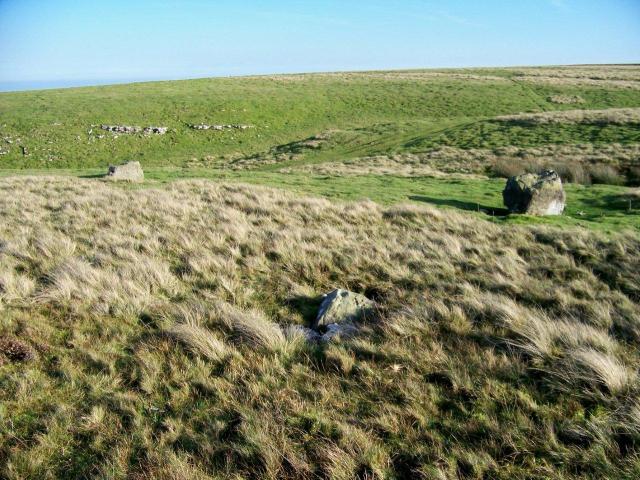

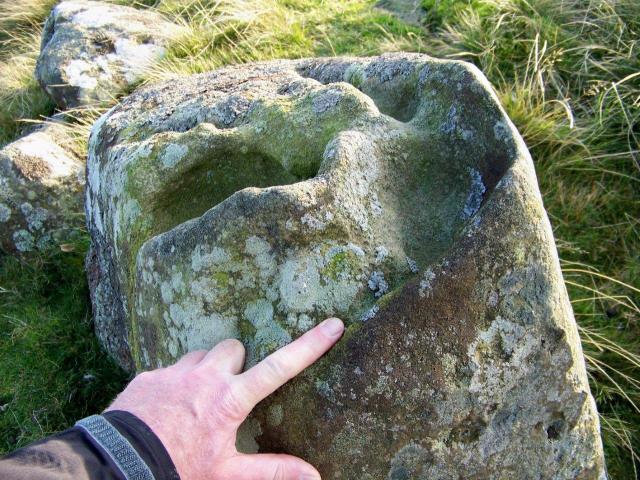












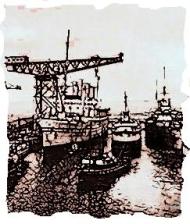
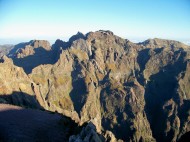
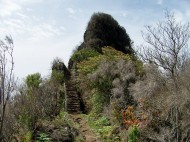


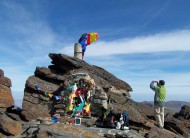
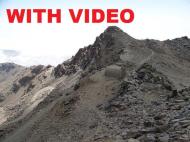

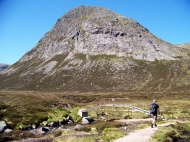



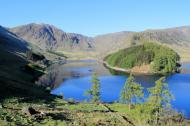


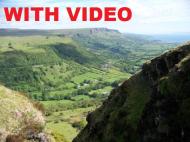

I like your theory about the animal fat candles in the grooved hollows. If the candle goes out it can easily be relit, through the groove and you won’t need to burn your fingers on your underground map as the wick can be at any level as you are lighting through the groove.
Neat.
Thinks: Can this be patented or will the bronze age pixies beat me to it?
That didn’t occur to me, Alan. They were obviously more advanced than I thought. They could have used their underground maps for something else.
That’s my theory as well now.
;0)
Have you been to Kilmartin in Argyll, Alen? Hoaching with bronze age and prehistoric stuff. Endlessly fascinating and atmospheric. (And there’s a decent pub right in the midst of it.)
Wow. Just looked it up on Wikipedia. I hadn’t heard of it before, Scott, but that one’s definitely on the “wet day in Scotland” list for next year. Cheers.
That someone having a laugh will be Pete Bog, the local giant of the moor….. It’s really useful to see your pictures as I’m not very good at identifying these antiquities. I can be a little more confident from now on.
I’ll keep a look out for Pete Bog, Colin. I thought he was that bloke they dug up in Cheshire but I’ve just Googled him and he was known as Pete Marsh ??? an Iron Age murder victim or sacrifice apparently, and known in more respectful circles as Lindow Man. Heaven knows what else lies embedded in the peat of these desolate places.
I’ll make a trip up there with you on a clear day…they don’t call me lucky pete for nowt!
Do you have a GPS reference or just hearsay?
I drove up there only this morning to find everything under four inches of snow, so you can???t call me Lucky Al. I walked about a mile across the moor before deciding this was the most fruitless venture yet then turned back. GPS is a mystery to me, but this website has the map references of the major stones.
I don???t know when I???ll get the opportunity to get back up there in the near future, but if you???re thinking of zooming over for a look then drop me a line ??? or anyone else for that matter. And if you can guarantee a clear day then so much the better.